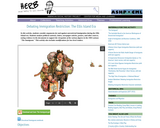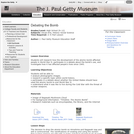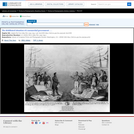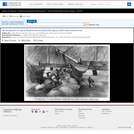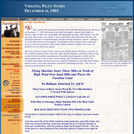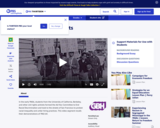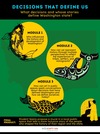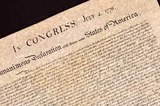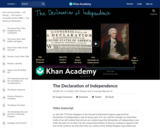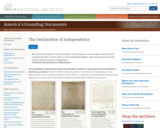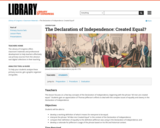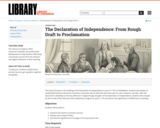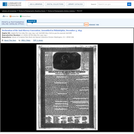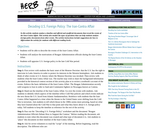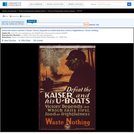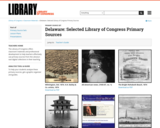A mildly jingoistic satire voicing American suspicions of foreign designs on California after the discovery of gold there in 1848. The bay and coastline of San Francisco are shown, menaced by foreign invaders who appear offshore. Closest is Queen Victoria of England, who rides a bull and carries a spade. She sings (to the tune of "Oh, Suzannah!&1), "Oh, "Dear Albert" [i.e., Prince Albert, her husband] dont' you cry for me, / I'm 'off' for California with my shovel on my knee." Next follows Czar Nicholas I of Russia, as a bear, who recites, "As something is "Bruin" I'll put in my "paw /" While the Nations around me are making a "Jaw."" Overhead flies a cock with the head of Louis-Napoleon, president of France. He calls: "As "you "have "Gold" for all Creation / 'Den please give some to "La Grand Nation" / I've just become "de President" / And back I "shall" not like to "went." Louis Napoleon was elected in December 1848. Farther up the coast, Spain's Queen Isabella II wades neck-deep in water toward shore. A squadron of American cutters sails into the harbor behind her, evidently bent on its defense. On land is an encampment of American troops with two rows of tents. A sentry, watching over casks and crates of gold, warns, "Keep out of "these Dig&1gins." The precious stores surround a flagpole with a large American flag. To the left of the encampment is a row of cannon over which Gen. Zachary Taylor, as an eagle, watches. Taylor threatens, "Retreat you poor D---ls! nor a squabble engender. For our Gold unto you we will "never surrender. Right about face!" Double quick to the rear! And back to your keepers all hands of you steer." On a rocky outcropping or jetty at lower left is President James K. Polk, as a snake. He also warns (somewhat more meekly than Taylor): "I pray thee tread not on our corns, /But slope "Dear Vic;" haul in your "horns" / And tell the Powers that lag behind, / Seek other lands "thier Gold to find"; / Or by the "Lord" we'll make a rattle, / To take good care of all such "Cattle. Polk's role of authority here suggests that the print dates from his administration, which ended with the inauguration of Zachary Taylor on March 5, 1849. It could not have appeared earlier, however, than December 1848, when French President Louis Napoleon (a prominent figure here) was elected. The California Gold Rush began in the summer of 1848.|December 1848 or early 1849. Drawn by S. Lee Perkins?|Lith & pubd by Henry Serrell & S. Lee Perkins 75 Nassau St N.Y.|Title appears as it is written on the item.|Maurice & Cooper, p. 149, 152-153.|Murrell, p. 175, 179.|Weitenkampf, p. 98.|Forms part of: American cartoon print filing series (Library of Congress)|Published in: American political prints, 1766-1876 / Bernard F. Reilly. Boston : G.K. Hall, 1991, entry 1849-1.
